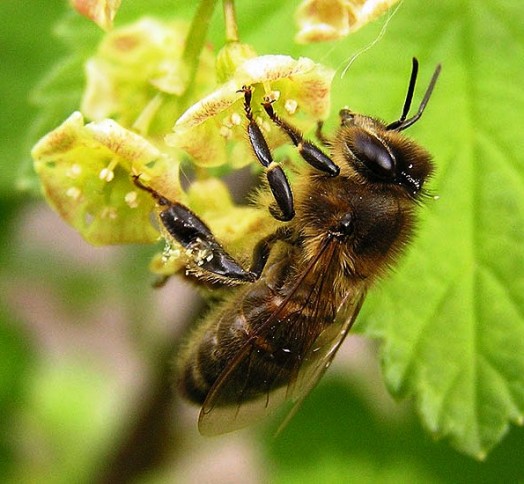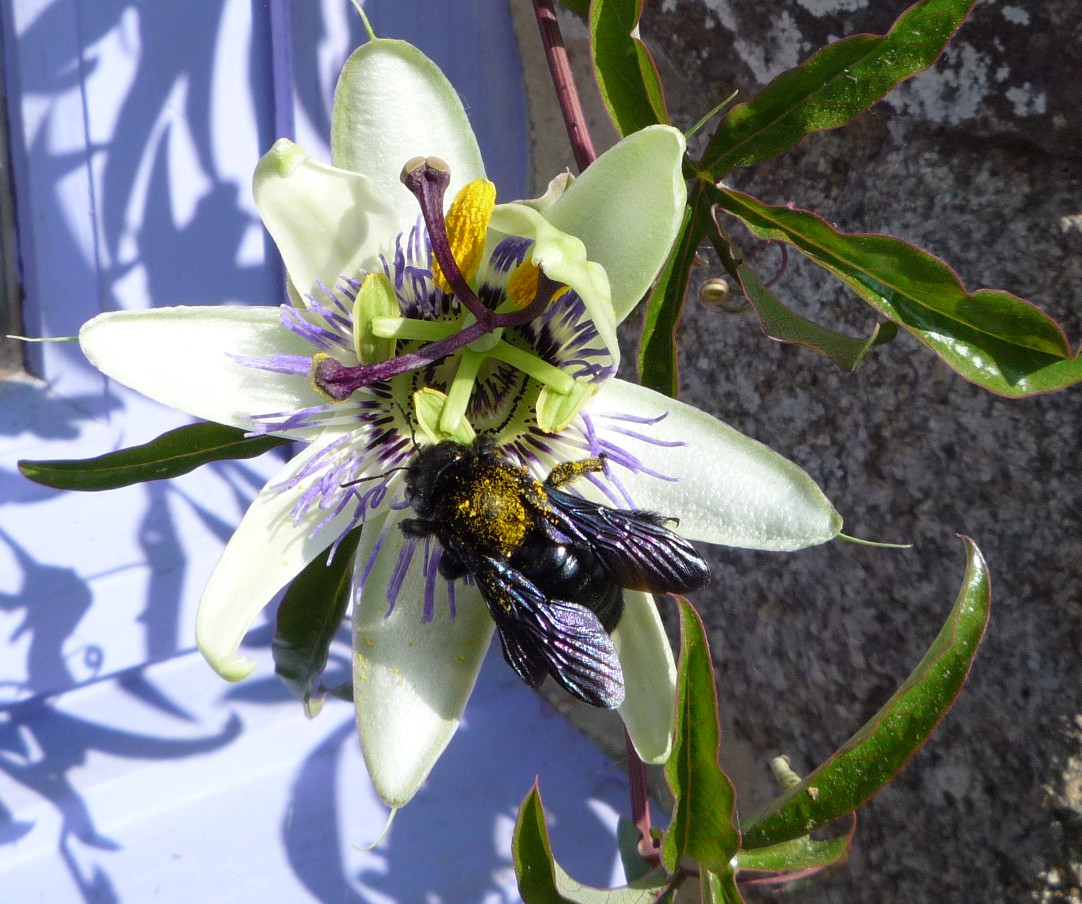


Heading into the swarm season, when most hives are doing so well that the insects begin to look for other hollow structures to make honey in or reproduce (sometimes on your property), here’s what you need to know. Encountering them outdoors is a sign there is ample food for them to thrive.

Similarly, Megan Denver of Hudson Valley Bee Supply said bees are the “canary in the coal mine” and are a good sign of what is going on in the ecosystem. Still, she continued, “there is a real value in having these insects in the ecosystem.” “Friend or foe? I would say they’re all friends, but it doesn’t mean I want to put my hand in a wasp’s nest,” said Sabbath. Karen Sabath, master beekeeper with Hudson Valley Natural Beekeepers, said that while she keeps her distance from wasps, she knows they too are contributing to the ecosystem. Turns out, most bees you see in the Hudson Valley will leave humans alone so long as you let them do their thing.
#BLACK BEE IMAGES FULL#
We spoke with two local beekeepers from Hudson Valley Bee Supply and Hudson Valley Natural Beekeepers for a full guide to determine which bees aren’t harmful to humans and which bees might be looking to sting. Some people hear a bee’s buzz and get ready to run, but in many cases there’s no need (unless you’re allergic of course!). There are more than 20,000 different species of bees worldwide and over 400 different species right here in New York. Most bees are focused on pollinating plants, not stinging humans, while wasps should generally be avoided. With more than 400 different species of bees and wasps in New York, it can be hard to know which to avoid and which are just doing their job.


 0 kommentar(er)
0 kommentar(er)
